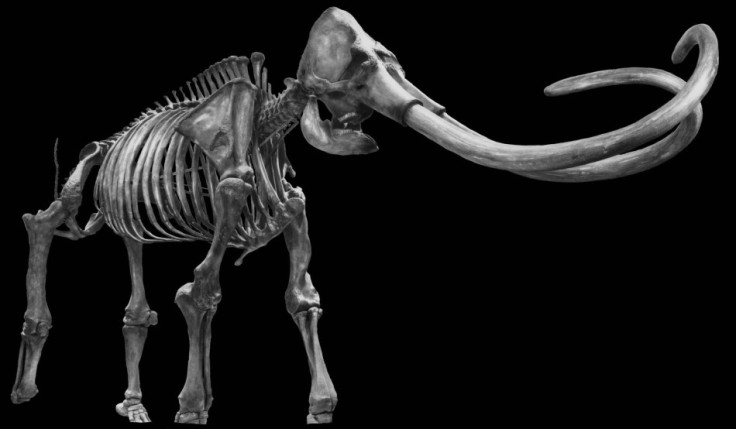Herzegovinian men are the tallest in the world
If Herzegovinians were as well-nourished as the Dutch, they would be significantly taller than them.
The average man from Herzegovina is 183.4 centimetres tall, or just over 6 foot, finds the first detailed study of male height in Bosnia and Herzegovina since 1895.
Herzegovina is a region accounting for just under a quarter of the south-eastern European country of Bosnia and Herzegovina. The average for the country as a whole is 181.2cm, according to a study published in the journal Royal Society Open Science.
As Herzegovina is only a region rather than a whole country, the Netherlands retains the top spot for nation with the tallest men in the world. Herzegovina sits in the Dinaric Alps in the south of the country. Within Herzegovina, the region of Trebinje had the highest average, at 184.5 cm.
"The region of the Dinaric Alps has historically been renowned for the remarkable body size of its inhabitants," the study authors write in the paper, led by Pavel Grasgruber of Masaryk University in the Czech Republic.
A lack of data in the 20th Century has meant that this region has not been accurately represented in global height surveys. Grasgruber and his colleagues collected the data in 2015 and 2016, measuring 3,192 boys in Bosnia and Herzegovina aged between 17 and 20 years.
"These results fill a long-term gap in the anthropological research of the Western Balkans and confirm older reports that the population of the Dinaric Alps is distinguished by extraordinary physical stature," the authors write.
The last time that data of this sort was collected was the late 19th Century when Bosnia and Herzegovina was part of the Austrian-Hungarian empire, Grasgruber told IBTimes UK.
"Over the next 100 years, local researchers performed only small surveys of children or university students limited to certain towns. After the end of the Bosnian war in mid-1990s, organising such a nationwide study became a virtually impossible task because of the mutual antipathies among the three main ethnic groups."
Legacy of the mammoth hunters
Unlike Dutch men, the lofty stature of Herzegovinian men is thought to be largely down to their genes, not environmental factors like diet. A unique genetic mutation that is passed down the male line on the Y chromosome, known as I-M170, is thought to be the main factor at play in the Herzegovinian male population.
I-M170 is a genetic legacy dating back from human ancestors in the Upper Paleolithic Gravettian culture in the last Ice Age, which lasted from about 31,000 to 22,000 BCE.

"The Gravettian is the most important prehistoric culture of the Upper Paleolithic Europe and is sometimes called 'the culture of mammoth hunters'," Grasgruber said.
"I suspect that genetic predispositions for tallness in populations carrying I-M170 go back to the Upper Paleolithic and they have something to do with the big-game specialisation of Gravettian hunters. This was associated with a surplus of high-quality proteins and low population density, which created environmental conditions leading to the selection of exceptionally tall males.
"Furthermore, we know that Gravettian men were exceptionally tall even by today's standards."
A challenge to the Dutch record
More than 70% of Herzegovinian men have the I-M170 haplogroup. Just over 50% of the male population of Bosnia and Herzegovina as a whole have the haplogroup.
Another reason to expect that genes are responsible for Herzegovinians' height is because dietary conditions in the region, and in the country as a whole, are well below optimal levels, the study authors note. Socioeconomic factors linked to height – such as parental education – are also low compared with many of its neighbouring European countries.
If Herzegovinian men were as wealthy and well-nourished as Dutch men, these findings suggest that they would be much taller. Based on the genetic analysis alone, the prevalence of the I-M170 haplogroup would suggest that these men should be an average of 185 to 190 cm.
As a result, the genetic potential for height in Herzegovina could be the greatest in the world, the authors write.
© Copyright IBTimes 2025. All rights reserved.





















